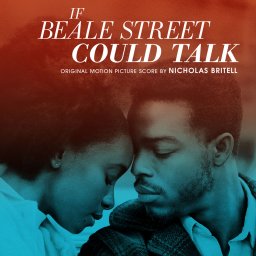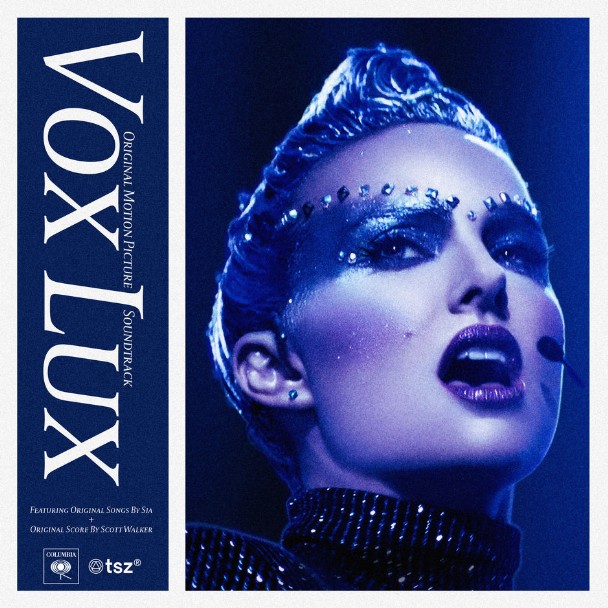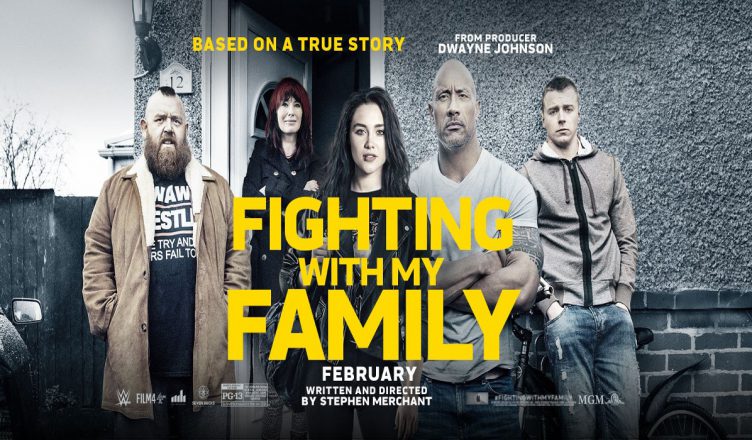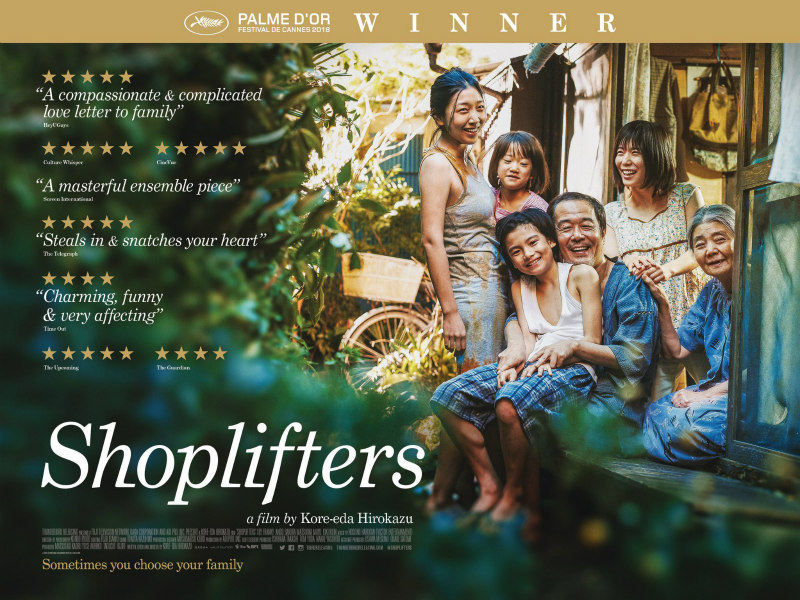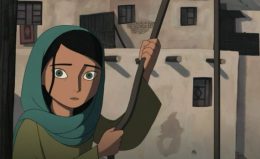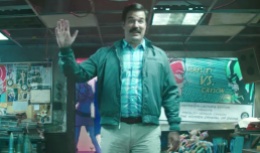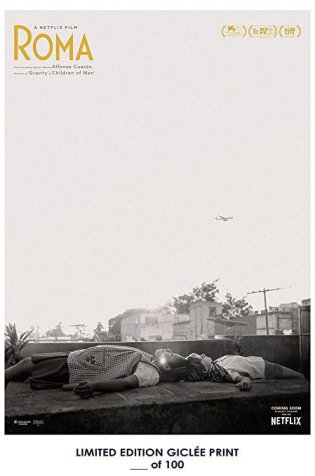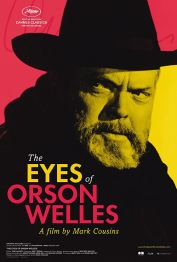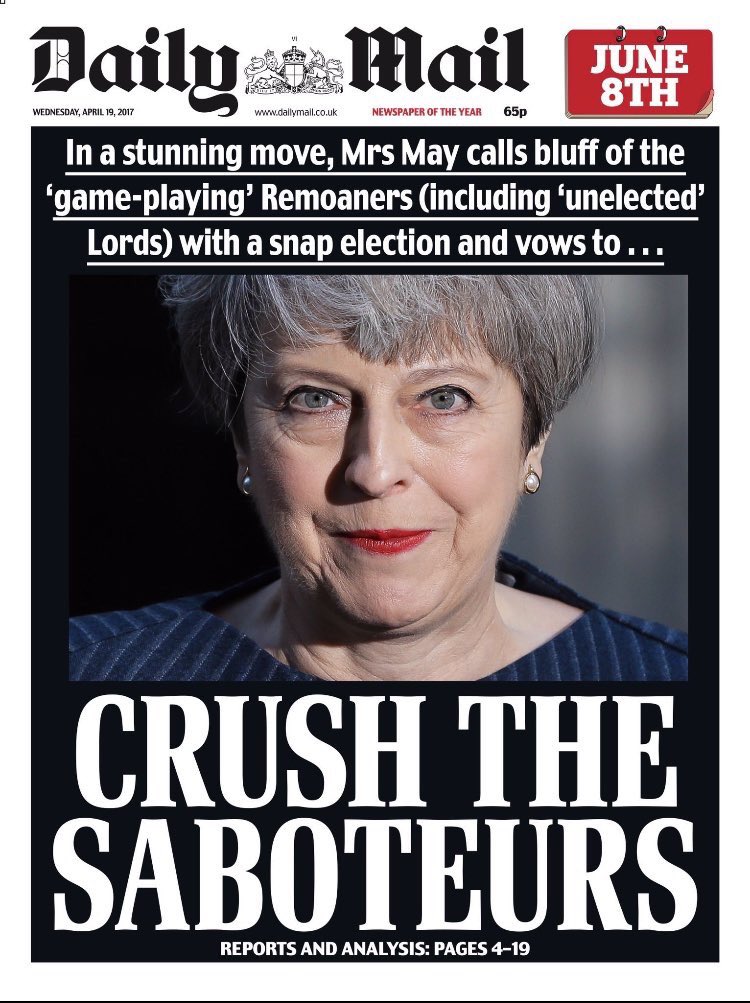By Andrew Collins

The Good, The Bad and the Maestro
By Andrew Collins
Film music’s most beloved and much-missed Maestro was all too partially, belittlingly and posthumously garlanded when Ennio Morricone died, aged 91, following a fall in Rome, which he called Home. His last days were spent – where else? – in the magnetic city he called home. It was here, too, that he fell in love with his wife and ultimately died of complications. Ennio is a fidgety account that nonetheless presents a warmly restless portrait of a genius not yet finished. (Clips from his long career help underscore just how much cinema bears his name between 1946-2020.) Fellow Sicilian, director Giuseppe Tornatore (helmer of Cinema Paradiso, Malèna and The Legend of 1900), he seals the task in fond, amber repose and a dose of mortal panic about a wrong he is too late to right. Morricone’s palatially vast natural fire-trap filled with notes and notation is a Latinate man-cave, where, perhaps, Morricone can finally separate the good, the bad and the transcendent. But time, like the sizzling fuse in a stick of gelignite in a Leone caper, is against him.
Tornatore’s viewfinder captures Ennio’s surprising keep-fit regime in his palatial but piled-high shrine to a near-century of mess, and mass. His wife Maria Travia, whom he met in 1950, translated many of his written or vocal texts from the Latin, and their marriage lasted for a symphonic 65 years. He never learned English – the music speaks for itself – but his command of translation from biro mark to trumpet voluntary or a newly-hatched rat-a-ta-tat riff remains unique. He’s always one dewy eye away from an unwelcome reminiscence, or artistic spat, never resolved. Either way, he looks splendid in a muted series of expensive-looking soft polo shirts, and possesses instant musical recall.
Morricone Senior, Mario, was a strict father and noted trumpeter light in swing bands. He apparently announced to the family: “Ennio will study the trumpet from 11.” The junior parp-smith was not allowed to play bingo or cards. In secret, he quietly wrote a piece for two horns, aged 10, and tore it all up, lost to history. He stuck instead to late-night swing gigs, where he once fell asleep in an orchestra pit! His trumpet was secondhand, but, his father vouched, “This instrument allows me to feed you … You’ll do the same for your family.” (And he did.) During the German occupation of Italy, Ennio dashed from one hotel to another, playing with small orchestras as late as 2-3am, and was all too regularly paid with food – “a “terrible humiliation” which almost brings tears to Ennio’s eyes. This, he explains to Tornatore, is why he stopped loving the trumpet.
Instead, he chose to study hard for ten years at Santa Cecilia, under the highly influential father of Goffredo Petrassi (the “bread and Palestrina” years, during which certain forthright composers aimed for a “national style”). Morricone’s head was turned after seeing Stravinsky play at a young age, and “felt humiliated” by the pat roster of “tarantella, la bourrée, la jig, and boogie-woogie.” He discovered the artistic invention of film scores via Angelo Francesco and Lavagnino’s work on Orson Welles’s 1951 Othello, finding the score “so sinuous, so sensual.”

He married Maria (his friends called her “the Madonna”), while his Mother pestered him with calls to “write a nice song!” Then, the young Ennio saw experimentalist John Cage at Darmstadt. At that moment, he tells Tornatore, “The Nuova Consonanza Improvisation Group was born!” You might say that the legend of Morricone begins here, his head turned by a typewriter being pressed into service as instrument, while Chet Baker “played the trumpet in an extraordinary way.”
Maria could be relied upon as, he puts it, “a mother, a wife, and a partner,” whose “honest opinion” was always proffered. Bernardo Bertolucci observes to Tornatore, that Morricone’s music could be both “movie music” and the work of “an experimental musician.” And yet, on winning an early award for A Fistful of Dollars from an Italian academy, he was quizzed by the hostess about “background music for films.”
Bertolucci admitted to Tornatore that felt that Morricone looked like one of the cartoon Peanuts characters. “He looked very young to me,” said Bertolucci. “His round face and these glasses. He looked like Charlie Brown or a grown-up Linus.”
Morricone and Leone went to see A Fistful of Dollars on the big screen and admitted to each other that neither liked it. “I never lived the music of this film,” he raged. He went on to experiment with Bach’s Toccata and Fugue in D Minor.” Musician Nicola Piovani noted that “Morricone was beginning to have an audience.” He risked much when the stuffy Goffredo Petrassi defined Ennio’s music “totally anti-artistic.” This engendered an “inferiority complex.”
When Morricone reluctantly signed to RCA, he said it felt “like prostitution.” Meanwhile, the first 20 minutes of Leone’s Once Upon A Time in the West, were essentially Music Concrete: “The movie and the music were critically acclaimed,” he noted. “But the movie flopped. I felt responsible for this failure.”
Musicians began to follow what Bertolucci called “extremely seductive music.” Spaghetti Western siren Edda Dell’Orso said, “They gave me the music, and I just read and performed. I didn’t practice it first. It became part of the fabric of our daily lives.” Violinist Nicola Piovani cracked it when he said he uses “the short phrases” for what they are: “construction materials for a building.” Morricone’s eyes and ears clearly lit up. “The bricks,” he enthused, are the same in all buildings, but the buildings are not the same. And I didn’t want to be categorized as someone who only composes music for Westerns.”
More modern composers got in on the act. Hans Zimmer called his work “radical.” Director Gillo Pontecorvo was so impressed by Morricone’s score to The Battle of Algiers that he hailed it as “a secular hymn to freedom.” Morricone was suddenly a magnet, scoring 21 movies in 1969 alone, and, he tells Tornatore, “Envy turned into slander.”
Zimmer observes that “very few composers have what Ennio Morricone has … which is an instinct for what is going to be appropriate in a scene. And yet at the same time, when you hear his music, you know it is Ennio.” He observes that you can “recognise it’s a piece by Morricone on the first note! His music makes each of us feel like it was secretly written for us.” Another practitioner says Ennio changes colour depending on the director he’s working with.
He admits to having “a bad voice, it’s definitely not good,” but he can hum anything and bring it to life. “There’s nothing,” Bertolucci confirms, that Ennio cannot give you. You wonder what opera the music came from, it’s not an opera. It’s Ennio.”
For the epic gangster saga Once Upon a Time in America, director Sergio Leone wanted the pan pipes right the way through the film, but Ennio vouchsafed, saying, “We’ll use it where it’s right, Sergio. You can’t put the pan flute on everything!”
For The Mission, British director Roland Joffe was told, in no uncertain terms: “You don’t need any music for this movie. No! Impossible!” Then, weeks later, he called up Joffe and sang the refrain of Gabriel’s Oboe down the phone. “I wrote this music without controlling myself.”
The only sour note during Morricone’s coming-out years came when Herbie Hancock’s jazz score for supercool Round Midnight beat The Mission, despite being loaded with existing jazz classics. Not wishing to belittle Hancock’s “half repertoire” score, he praised it, but left the Oscars early. “It shouldn’t have been in the Original Music category. I left quickly.” A disservice had been done, and it soured Morricone for a time.
Big directors started to batter down Morricone’s door. Oliver Stone showed him a Tom and Jerry cartoon. Ennio replied, “You want me to write cartoon music?” Stone chuckles about it now: “He was insulted. So, he goes back to LA and writes ‘some bullshit’ inspired by a demonstration. “I took this beat and used it for the whole movie,” he confesses.
It’s encouraging to learn that during orchestral sessions, he could power-nap for 20 seconds, like Napoleon and John Peel used to. But Ennio wasn’t done yet, and he wrote a symphony for Quentin Tarantino’s The Hateful Eight, which earned Ennio an actual, non-honorary Best Score Oscar. “I wrote a symphony,” Ennio modestly says. “A true symphony.”
John Williams claims with confidence that “200 years from now, people will talk about Ennio. He’s a great composer and a great man because he belongs to the period that he lives in.”





